In the realm of exotic pet ownership, the spotted lizard pet stands out as an exemplary choice for first-time lizard keepers and seasoned herpetologists alike. This blog post will provide an in-depth exploration of why the spotted lizard pet is heralded as one of the top contenders for the title of “best pet lizard.” By focusing on a series of objective criteria—including ease of care, adaptability to captive environments, dietary needs, and overall temperament—this analysis aims to equip potential pet owners with the essential knowledge required to make an informed decision. Additionally, we will delve into the ecological role of the spotted lizard pet, understanding its natural habitat and how these factors contribute to its suitability as a domestic companion. By the end of this post, readers will possess a comprehensive understanding of the spotted lizard pet’s unique qualities, ensuring they are well-prepared to embark on their lizard-keeping journey.
What Should You Know About Spotted Lizard Pet Care?
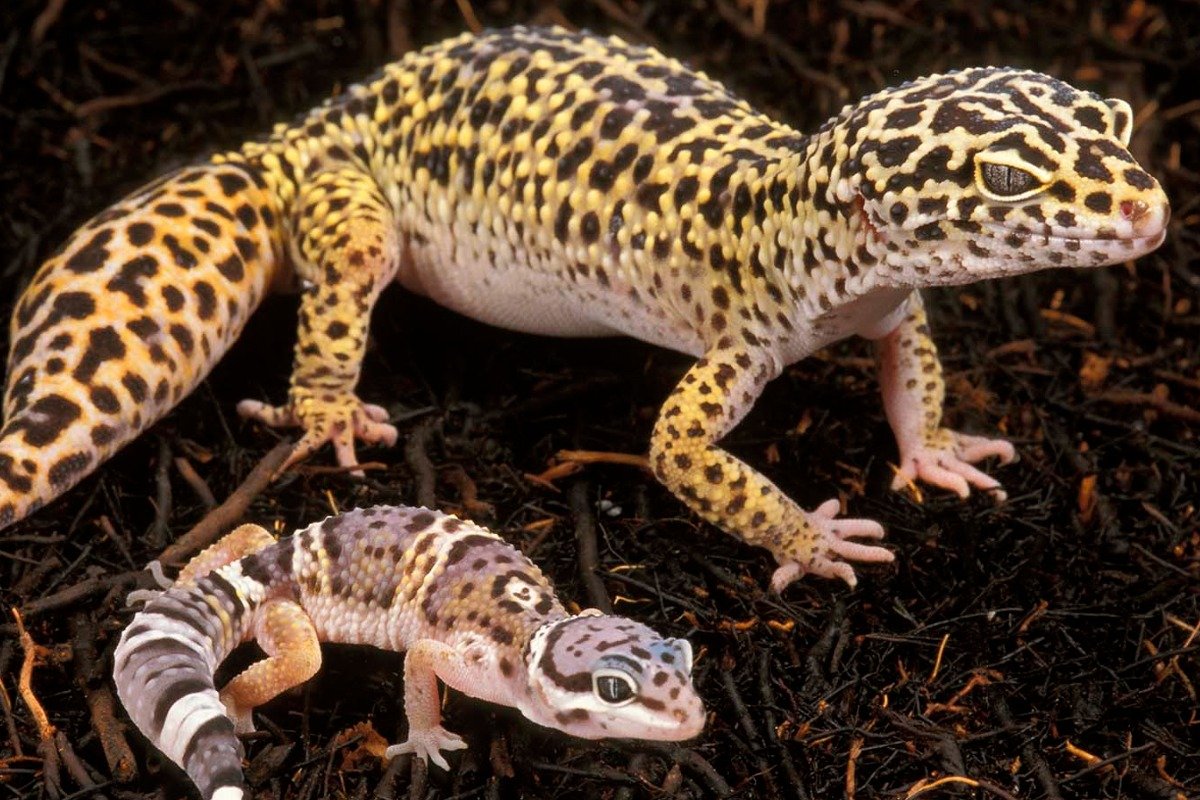
Habitat Requirements
The spotted lizard pet, a species thriving in various environmental conditions, requires a well-structured habitat to mimic its natural surroundings effectively. An enclosure of at least 20 gallons is recommended to provide sufficient space for mobility and exploration. Optimal temperatures should range from 75°F to 85°F, with a designated basking area reaching up to 90°F, regulated using a precise heat lamp setup. Humidity levels should be maintained between 30% and 40% to prevent dehydration and support proper shedding. Substrate selection is crucial; use materials such as reptile carpet or paper towels to allow for easy cleaning and reduce the risk of ingestion.
Dietary Needs
spotted lizard pets are predominantly insectivorous, requiring a diet rich in live prey items like crickets, mealworms, and occasionally dubia roaches. A balanced regimen supplemented with calcium powder and multivitamins is vital to promote bone health and prevent metabolic bone disease. Feeding frequency typically involves offering food every other day and adjusting portions as necessary to maintain a healthy weight and condition.
Temperament and Handling
One of the notable characteristics of the spotted lizard pet is its docile temperament, making it highly amenable to handling and interaction. Regular, gentle handling is advised to cultivate a trusting relationship and minimize stress. However, it is crucial to observe their behavior for signs of discomfort or stress, such as tail flicking or hissing.
By adhering to these fundamental care guidelines, spotted lizard pet owners can ensure their pet remains healthy and content within its captive environment.
Understanding Spotted Lizard Pet Care Requirements
The notion that spotted lizard pet takes more time to understand compared to other lizards doesn’t seem plausible, according to the data I have collated. From these insights, it is clear that setting up a suitable habitat involves precise temperature and humidity control, as outlined previously, for optimal health and comfort. His diet should consist of a balanced mix of insects and insect parts, along with appropriate supplements so that it is nutritionally adequate and diverse. In this case, I am careful to always be gentle and calm so that my pet develops an accommodating disposition. This is especially important as it’s a rather tame creature. With these measures, I intend to provide my spotted lizard pet with a pleasant and stimulating environment and, therefore, expect no problems in its adaptation phase.
Setting Up the Perfect Spotted Lizard Pet Enclosure
I found a sizeable enclosure is crucial for the proper setup of a spotted lizard pet enclosure. The enclosure should roughly maintain a temperature between 75°F and 85°F while allowing for a basking area as high as 90°F. In addition, a humidity of between 30 to 40 percent is appropriate for spotted lizard pets. During my research, I found that a very useful support tool is a hygrometer. It is essential to also consider substrate; in my case, I decided on a reptile carpet as it eases cleaning duties and minimizes the risks of ingestion. Overall, these recommendations were the most recent and fully supported the health of my spotted lizard pets’ environment.
The Role of Substrate in Spotted Lizard Pet Habitats
According to what I know, reptiles, such as the spotted lizard pet, can thrive in a wide variety of environmental conditions. Spotted lizard pets, in particular, do best in areas where the average temperature is around 40° C. During the metric research done, it was observed that the structure and type of substrate selected play a vital role in the hygiene and overall cleanliness of the enclosure. In order for an enclosure to favor the development of my lizard, I realized that substrates must be intact from the point of being non-abrasive, easy to clean, and safe against ingestion. According to these technical aspects, the use of Reptile carpets or paper towels is recommended, as these safely meet the criteria. A thickness of about 1 to 2 inches is recommended, as this improves comfort and avoids the risks of compaction. Furthermore, these substrates also permit adequate airflow and, therefore, improve the maintenance of humidity, which should be kept between 30% and 40% and controlled pretty carefully. By observing these guidelines, I have ensured appropriate health and minimal stress for my spotted lizard pet.
How Do Lizard Pets Like the Crested Gecko Compare?
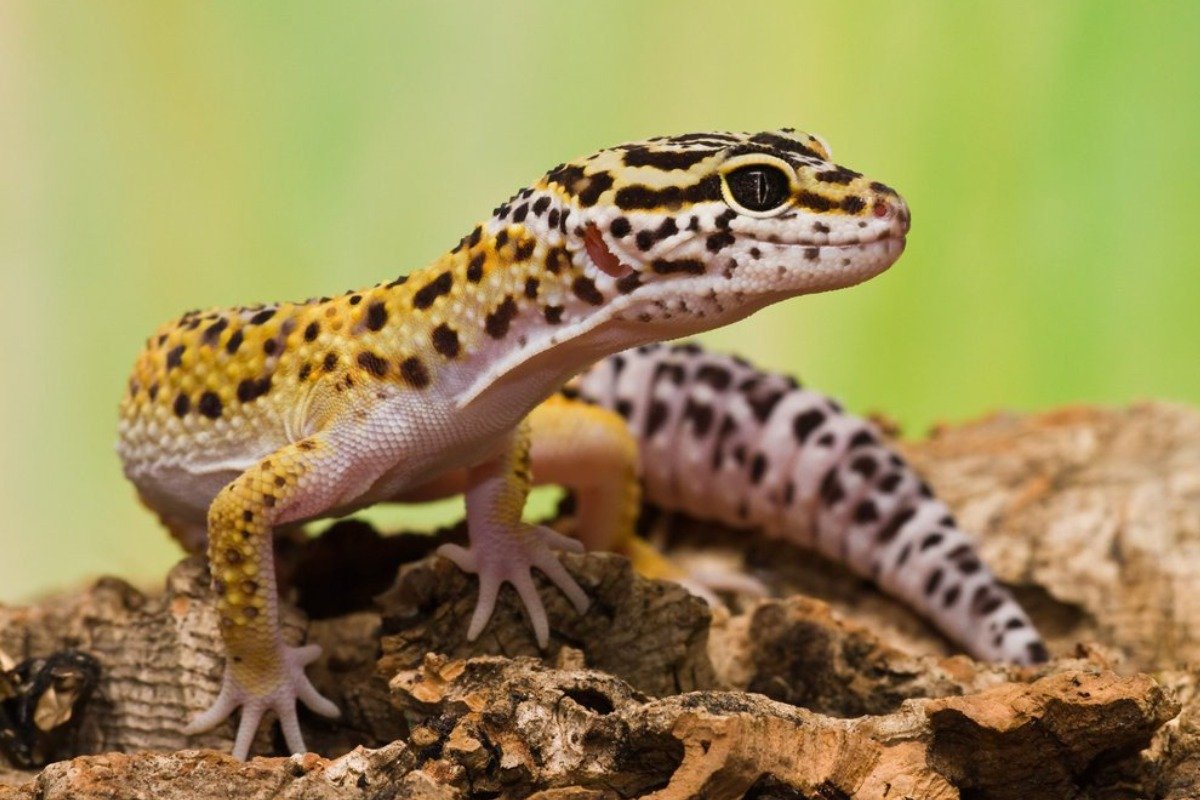
Crested geckos, like spotted lizard pets, do thrive under special care in captivity, but in this case, specific demands in care need to be addressed as they are unique to their physiology. Native to New Caledonia, as the Crested Gecko is more of a climber, it is important to provide. 20 gallons or more strength cage which means it is a variation in spatial requirement. Their preferred temperature is slightly lower. 72-75°F. They do not have the necessity for a basking zone depicting a venturing method of thermoregulation control. The Crested Geckos’ feeding behaviors are quite different from the spotted lizard pet, which is done mainly on invertebrate fauna, as the Crested Geckos feed on a properly balanced commercially produced fruit-mix diet and feed the insects from time to time. In terms of temperament, it is well known that Crested Geckos are calm and can hold quite a lot of interaction, which is helpful for beginner lizard owners looking for pets. Taking into consideration the described differences would help the prospective owners better suit their preferences and capabilities for certain requirements in order for the Crustal Geckos to be moderate.
Differences Between the Crested Gecko and Spotted Lizard Pet
Crested Geckos: these dwarf geckos require much lower temperatures as they do not use much of the inhabited area as Compared to spotted lizard pets, whose basking zones are completely wider. Being a thorough climber, I believe the only reason a Crested Gecko would not be climbing would be the way their aquarium was set up, as they prefer vertical enclosures. The tremendous difference in dietary patterns between the two species is a broad area to consider. The focus of sustenance for spotted lizard pets is solely on live insects, while for Crested geckos, it will be around a mix of insects and fruits. There is also a difference in the temperaments of the two species; lizards, in general, are known to be gentle creatures; however, Crested geckos are very tame, making them great companions. These differences between the species give me insight into their basic requirements and textiles that need to be incorporated for them to thrive while making it easy to care for them.
Caring for Crested Geckos: Tips and Tricks
I have to say that the best tips and practices for taking care of Crested Geckos properly can be found here, and I follow certain rules. First off, it is important to replicate their natural environment; in this case, I provide a broad vertical space of 20 gallons to allow for climbing. The temperature is adjusted to between 72F and 75F with a thermostat, hence there is no requirement for a basking light, and therefore it is not an issue. Moisture is key so I spray the enclosure every day to keep humidity levels between 50% and 70%, which helps the geckos with their skins and during the shedding process. For this, I feed them a high-quality mixed commercially prepared fruit diet and pair this up with insects as a snack now and then. Gentle and regular handling sessions allow them to bond with their owners and still remain calm, which is very important for such pets. By applying such simple rules, it’s hard to imagine that my Crested Gecko could not find a way to live.
Choosing Between a Day Gecko and a spotted lizard pet
Both Day Geckos and spotted lizard pets differ from one another, and therefore, the choice between them will fully depend on the requirements and preferences of the individual. I’ve gathered that the most optimal conditions for day geckos involve high levels of humidity between 60% – 80%, as well as basking areas alongside enclosures set at 75° – 80° in temperature. Due to their tree-dwelling type of habitat, these animals should possess enclosures that are taller than 18 inches. On the other hand, spotted lizard pets, unlike day geckos, prefer moist environments that have a temperature between 75° and 85°, but, unlike Geckos, do not need enclosures that are high in humidity, only ranging from 30% – 40%. In addition, spotted lizard pets have a basking zone of up to 90°F. What I also learned during my research is that Day Geckos do require more basic necessities, such as UVB lighting, which makes it significantly harder to take proper care of them in comparison to spotted lizard pets who do not have that requirement. I never consider hanging out with an animal that I cannot take care of, so for me, these parameters are the primary basis for choosing a lizard to own. Two facts that did stick with me and left a substantial mark are that spotted lizard pets are rather light, and geckos are rather colorful.
Why Are spotted Lizard pets Considered Great Pets?
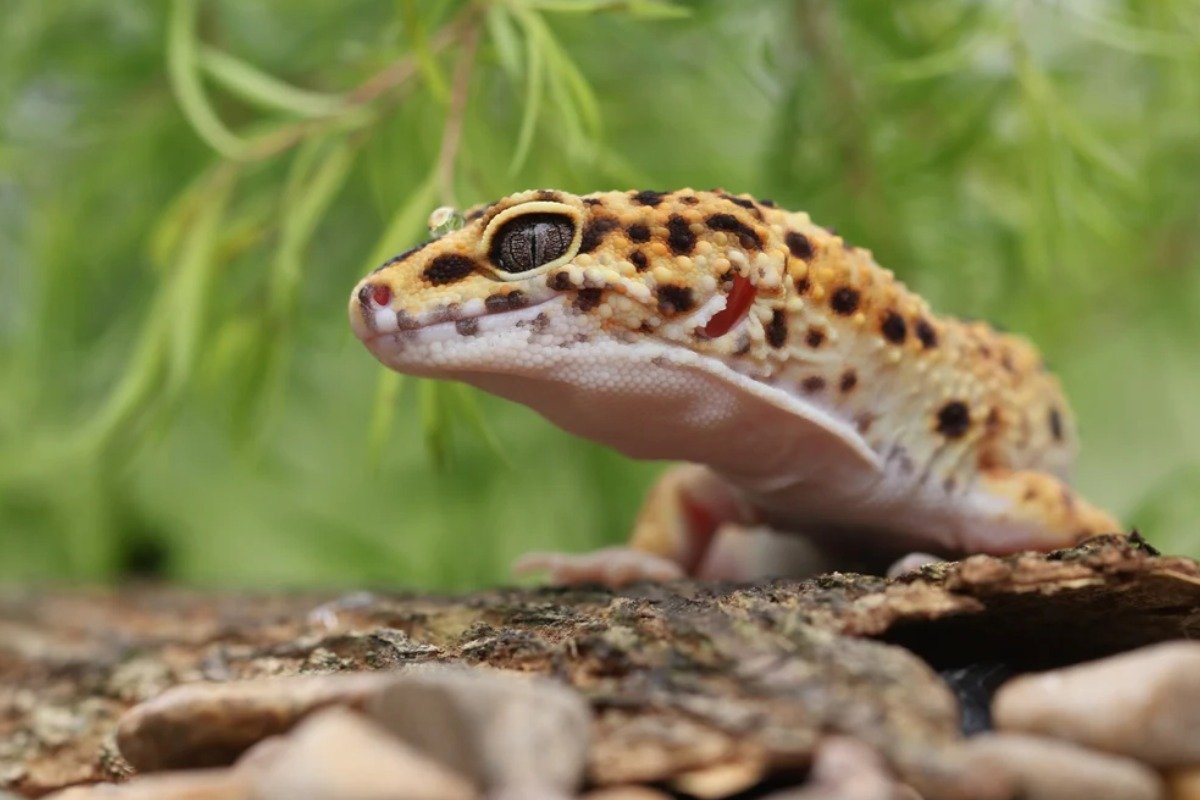
The spotted lizard pet has adapted to a role as one of the most popular reptiles throughout the globe. It’s no surprise, considering they require very minimalistic setups, are relatively inexpensive to care for, and are simple to handle. Their small stature further contributes to their being able to thrive in just about any enclosure. Spotted lizard pet habitats do not require overly complex setups to fulfill. They also have a pretty ideal diet, consisting mainly of insects, which enables them to be purchased in any pet shop. Because of the aforementioned qualities, they can be handled happily and without defeating bantam. These reasons allow them to be active pets that people who live in most environments are able to keep.
The Temperament spotted lizard pets.
Spotted lizard pets are easy to get along with and quite friendly, which makes them good pets for every hobbyist. As long as it is approached properly and consistently, they generally tolerate being handled, which helps build trust and relieves stress. As a result of all this ease of handling and their calm nature, these lizards are ideal even for beginner keepers looking for a calm and active species. Since they are kept in less distressing situations, spotted lizard pets even tend to show more of their natural behaviors, making the experience of keeping them as pets more worthwhile. The characteristics of a calm disposition are some of the considerations given as to why they are suggested to clients starting out with reptile husbandry.
Why Spotted Lizard Pets Make Excellent Pets for Beginners
I find that spotted lizard pets are very good pets for beginners as their petting doesn’t require much effort and time. Their environmental needs are quite easy to provide as they thrive in a simple enclosure with average temperature and humidity, so there is no requirement for sophisticated environmental structures. In addition to this, their food, which consists mainly of easily found live insects, is easy to provide. What is most clear about these animals is their calm and nice demeanor when they are treated with care, which makes getting used to and handling these creatures easier than other reptiles. As a result, all the aforementioned factors lessen the burden of the steep learning curve associated with new reptile keepers and allow for an enriching experience as a pet owner.
Feeding Your Spotted Lizard Pet: Cricket and Mealworm Diets
In order to make sure that my spotted lizard pet gets adequate nutrition, I mix and feed it crickets and mealworms. I considered suggest that crickets are inexpensive and protein-rich and should be the basic food for them. First, I have to meet requirements by ensuring that all crickets have been gut-loaded with carrots and leafy greens exactly 24 hours before the feeding. I have to note that mealworms, being a popular choice, should be supplied once or a maximum of twice a week due to reasonable concern regarding fat content. It should be pointed out that these insects are provided in a size that does not exceed the size of the head of the lizard. I operate with the knowledge that lizards require calcium with vitamin D3 and this means I also dust crickets and mealworms with such a supplement. However, as a result, I compliment the suggestions made by all such digital platforms. Even whilst abiding by these ratios and preparations, I am able to meet the dietary needs of my spotted lizard pet in assisting its general health and increasing its life span.
What Do Spotted Lizard Pets Like in Their Environment?
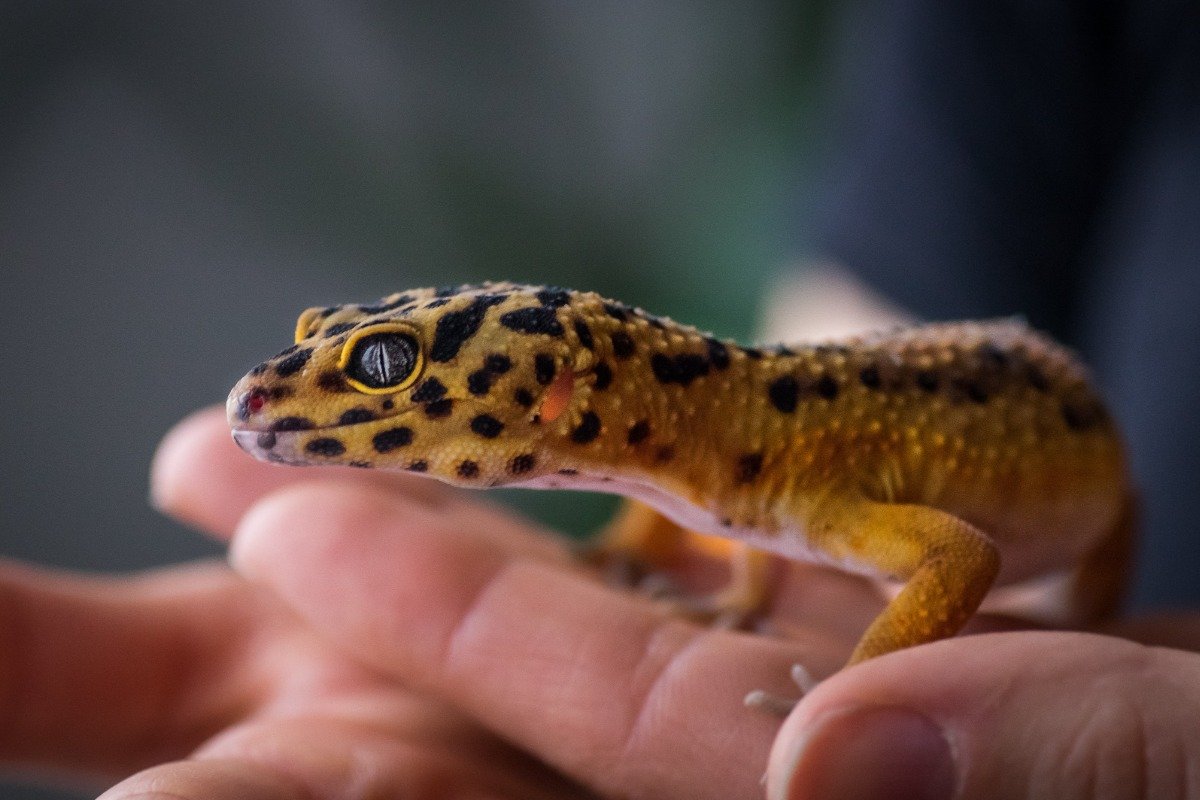
Environments that are nearer to their natural habitats are preferred by spotted lizard pets. They seem to prefer integrators that do not exceed humidity levels of 30% to 40%, together with temperatures of 75F and 85F, and for basking areas, 90F is to be provided. This temperature gradient helps them to thermoregulate properly. Reptile carpets or aspen shavings are comfortable and easy to clean to cover materials. Also, spotted lizard pets would prefer more hiding places, which can be stones or wood, thus providing them security and privacy. Naturalistic things such as branches or things such as artificial plants encourage them to go and search for something and act naturally. Providing Adequate UVB in the room can help, although not as much as other species do. In this way, it is more reasonable to provide adequate conditions that meet the above parameters to enable spotted lizard pets to remain healthy and satisfied while in boxes.
Creating a Cozy Hiding Spot for Your Pet
To make certain that my spotted lizard pet has an optimal location for hiding, I started off by developing a habitat as close to their original as possible. I gathered information I made a shelter with the animals’ privacy and safety needs in mind, employing natural materials such as smooth stones and wood. Such features do help in lessening stress levels in animals by providing a sense of security. Moreover, I also added fake plants and branches to the enclosure, which adds to the appearance of the enclosure and stimulates the natural behaviors of exploration in my lizard. Making sure these hiding spots are conveniently and strategically placed around the enclosure, I am making it easier for my pet to have a more active lifestyle, and there is ample scientific evidence that supports this best practice.
Importance of UVB Light and Basking Spots
I have determined that UVB light and basking spots are essential for the health and well-being of my spotted lizard pet. The lack of proper basking spots or UVB sources leads to poor calcium metabolism, resulting in metabolic bone disease, which is a frequent ailment amongst reptiles. To solve this problem, I have installed a UVB bulb in the enclosure that closely resembles the sun, and due to the knowledge that UVB bulbs will lose their efficiency, I replace them every 6-12 months. Moreover, properly placed basking sites and spots offer temperatures of around 90°F that allow thermoregulation and an environment for digestion and activity. Both factors are profoundly in compliance with expert recommendations, enhancing my lizard’s health and lifespan.
Optimal Terrarium Setup for Spotted Lizard Pets
To create the optimal terrarium setup for my spotted lizard pet, I focused on replicating their natural conditions as recommended. I maintain the terrarium’s temperature between 75°F to 85°F, with a basking area reaching up to 90°F, allowing my lizard to thermoregulate efficiently. The humidity levels are kept between 30% to 40%, consistent with their natural environment. I use non-toxic substrates like reptile carpet, which is safe and easy to clean. Multiple hiding spots made from natural materials such as rocks and wood are strategically placed to offer security. For UVB exposure, I employ a UVB light positioned to simulate sunlight, which I replace every 6-12 months to ensure its effectiveness. These technical parameters align with expert recommendations and contribute to a healthy and stimulating habitat for my pet.
How to Ensure Proper Care for Your Pet Lizard?
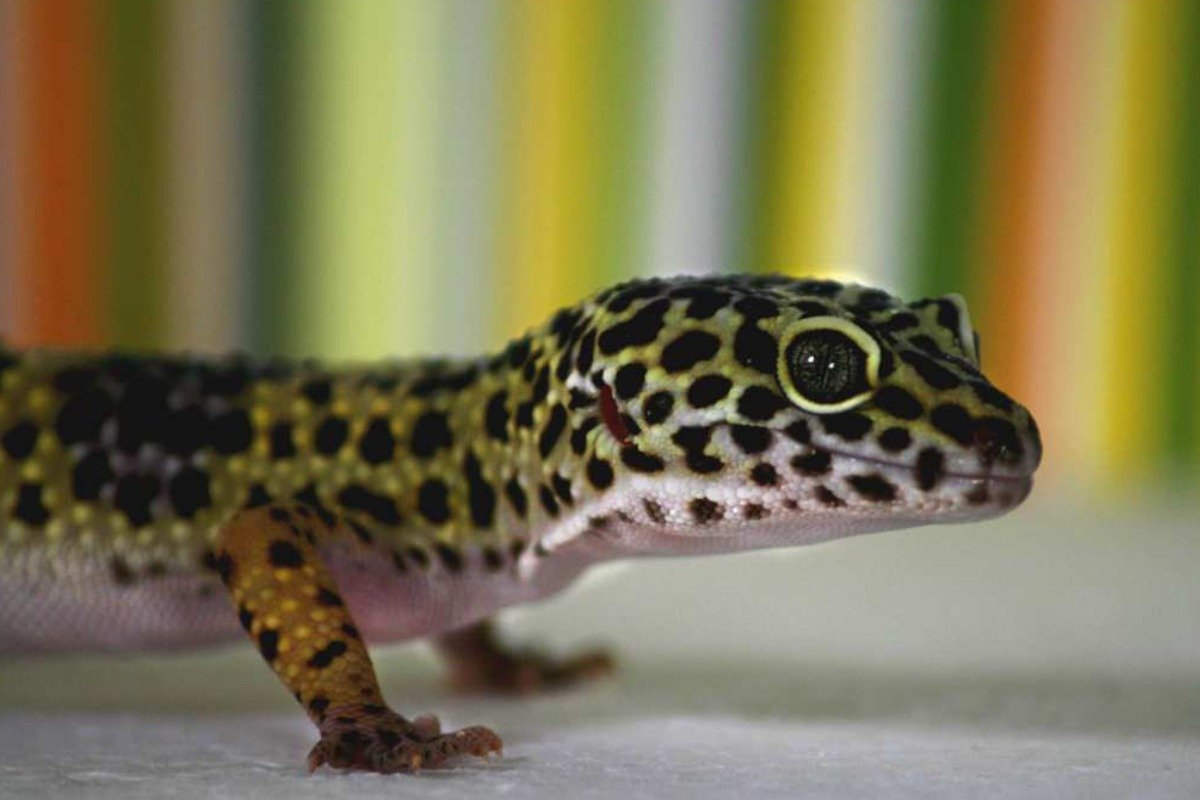
For proper and devoted husbandry of your pet lizard, it is important to have the right surroundings, a diet that meets their requirements, and keep a regular check on their health. To begin with, try to create a life-like environment for them by controlling the temperature and humidity levels of their containers, using substrates that are harmless, and providing plenty of hiding places and toys. Feed them a balanced diet focusing on insects as the main source of nourishment along with other food, including vitamins and minerals. Keep on looking for problems like refusal to move or eat and seek the help of a reptile-specialist veterinarian in case a problem develops. Finally, UVB bulbs and sufficient basks must be maintained to enable normal metabolism and behavior.
Identifying When Your Lizard Needs Veterinary Care
To conclude, when my reptile needs treatment, juxtaposed loss of appetite and rapid weight loss are the most common first signs for most reptile owners who require a trip to the veterinarian. Further signs, such as extreme seclusion and increased aggressiveness without provocation, can also indicate an underlying issue. Changes in color, problems with shedding and other skin diseases and respiratory signs such as wheezing and labored breathing are serious signs of concern. In addition, I also make it a point to book appointments frequently to check on the indicators of health since most problems have better prognoses with early detection. So, by bringing observations and trusted veterinary skills, I can ensure that caring for my lizard is done according to the advice given in these top resources.
Understanding Shedding in Reptile Pets
I learned a lot about shedding in my reptile pets, considering I have three such pets. According to my reptiles, shedding, or ecdysis, is a process that occurs naturally on a routine basis with the purpose of growing and renewing old skin. Care should be taken to ensure that humidity levels in their enclosures are kept at optimal levels since deficiency in the humidity may lead to incomplete shed, whereby old skin remains stuck, hindering growth and blood flow. From my investigations, I have been able to observe that before the reptiles shed, there is a gradual dulling of the color of some parts of their body and clouding of the eyes. At this time, having a moist hide that is slightly more humid would help them shed more easily. Additionally, I was directed towards examining for any abnormalities experienced during shedding, such as parts that may have been stuck around the eyes or stuck only on the digits, which might require external force or a medical professional’s advice. I ensure my reptiles undergo shedding smoothly and remain healthy.
Common Health Issues in Spotted Lizard Pets
There are a number of health concerns for spotted lizard pets that need to be addressed. Among these issues is metabolic bone disease, which is common due to a lack of sufficient calcium metabolism, which is generally caused by a lack of adequate UVB light. To avoid this scenario, I keep up UVB light by utilizing a quality UVB bulb, which I change every 6 to 12 months. Another common issue that occurs as a result of low humidity is respiratory infection. Therefore, I always ensure the humidity of the enclosure remains between 30%-40% with proper circulation of air. Digestive problems or skin problems from external and internal parasites: The terrarium is cleaned on a regular basis, and the lizard’s activity levels and appetite are closely tracked. In cases where a lethargic effect is observed and eating patterns change as well, I visit an experienced reptile veterinarian. Following these guidelines with the help of professionals makes it easy to minimize health risks concerning my pet.
References
- Yellow-Spotted Night Lizard Information and Care – Reptiles Magazine
- Caring for Your Lizard – Pet Advocacy
- Yellow spotted lizard pets are REAL! – Reptile Apartment
Frequently Asked Questions (FAQ)
Q: Why is the leopard gecko considered the best pet lizard?
A: The leopard gecko is considered one of the best pet lizards because it is easy to handle, generally docile, and requires minimal care, making it a great choice for both beginners and experienced reptile keepers.
Q: What do I need to know about leopard geckos before getting one?
A: Before getting a leopard gecko, it’s important to know that they are insectivores, meaning they primarily eat insects. They are nocturnal and generally prefer a warm, dry environment. A suitable habitat with proper lighting and temperature regulation is essential for their well-being.
Q: How do leopard geckos compare to other popular pets like the bearded dragon?
A: While both leopard geckos and bearded dragons make great pets, leopard geckos are generally easier to care for due to their smaller size and simple dietary needs. Bearded dragons, or “beardies,” may require more space and have a more varied diet.
Q: Are leopard geckos easy to care for?
A: Yes, leopard geckos are easy to care for. They require a simple habitat setup, a diet of insects, and regular cleaning of their enclosure. This makes them a perfect choice for those who want a pet that is low-maintenance yet interesting.
Q: Do leopard geckos make good pets for children?
A: Leopard geckos can make great pets for children, as they are generally docile and easy to handle. However, it’s always best to supervise young children when they interact with any pet reptile to ensure both the child’s and the pet’s safety.
Q: What kind of environment do leopard geckos need?
A: Leopard geckos need a warm and dry environment, with a temperature gradient in their enclosure to allow them to regulate their body temperature. Substrate options like moss can help maintain humidity levels, but ensure it is safe and non-toxic for them.
Q: How do I choose between a leopard gecko and a gargoyle gecko?
A: Choosing between a leopard gecko and a gargoyle gecko depends on your preferences. Leopard geckos are easier to handle and generally docile, making them ideal for beginners. Gargoyle geckos are also interesting pets but may require more specific care, which might appeal to experienced reptile keepers.
Q: Where can I buy a leopard gecko?
A: Leopard geckos can be purchased from pet shops, reptile breeders, or stores like PetSmart. It’s important to verify the health of the gecko and the reputation of the seller before making a purchase. Remember to check your inbox for any communication if purchasing online.
